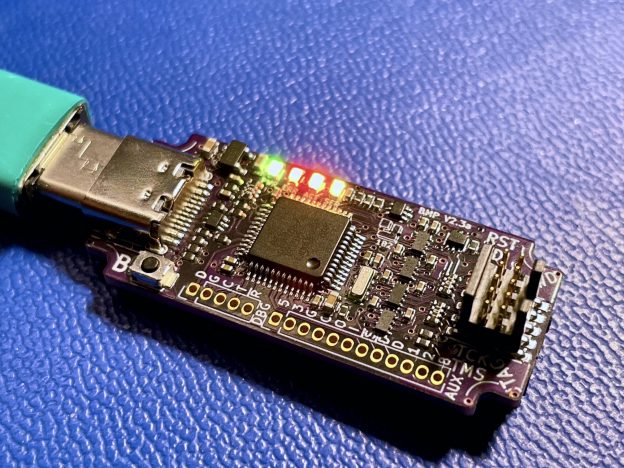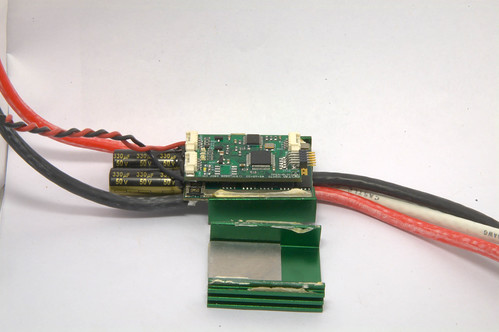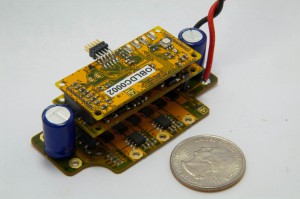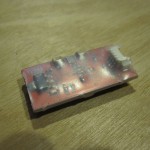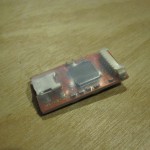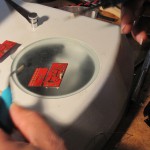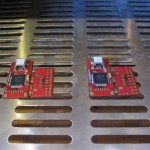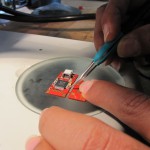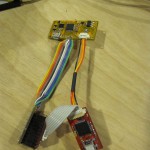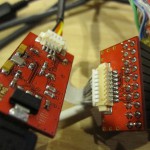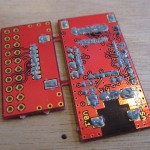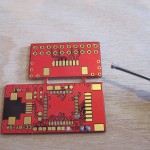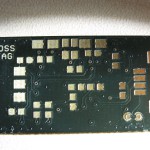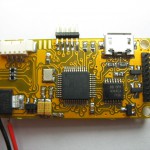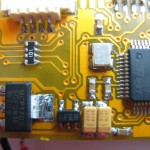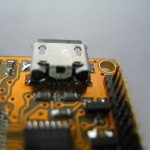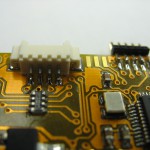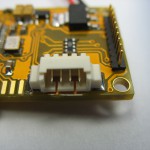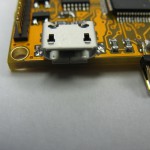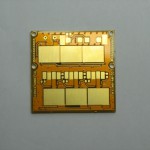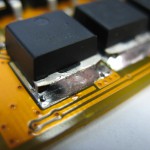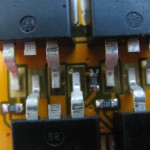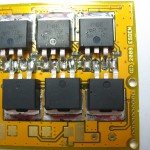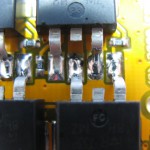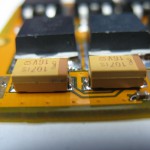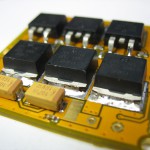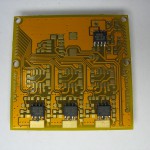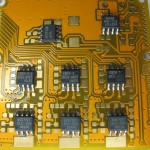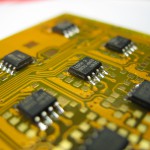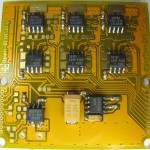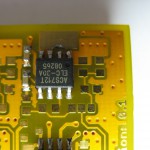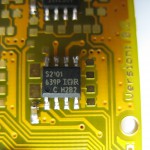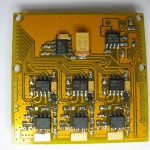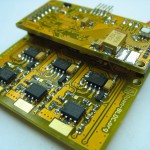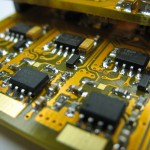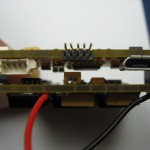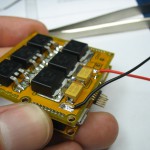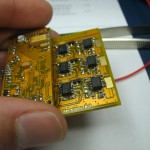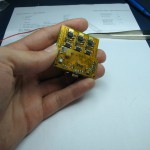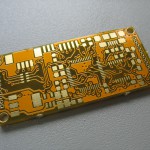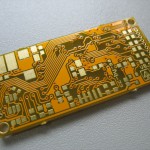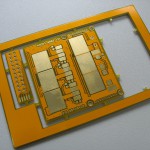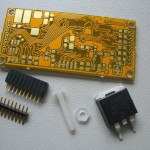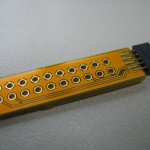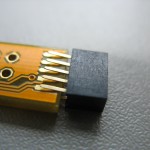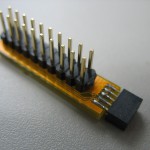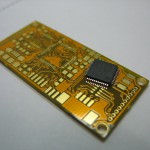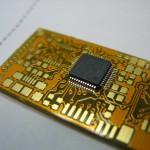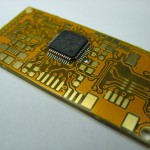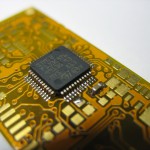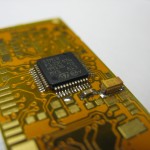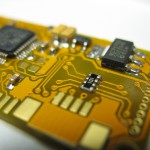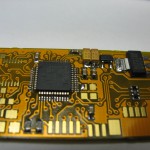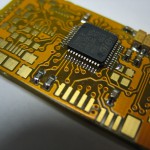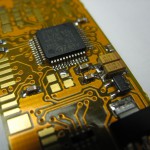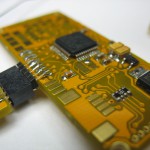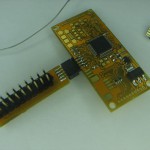Hi everyone!
As some of you might know Black Magic Debug was created and maintained for many years by Gareth McMullin. He has created a wonderful tool that we all use and love. You might have also noticed that Gareth did not have much time to dedicate to the project for the last few years. He asked me a while ago if I would be able to take over the project and become an official maintainer of Black Magic Debug. I did not have the necessary resources to dedicate to the project until very recently. But it is finally time, from now on I am officially taking on the position as the Black Magic Debug maintainer. 🙂
I want to thank Gareth for putting the faith in me and creating this amazing project. I also have to say big thanks to Uwe Bonnes who stepped in while Gareth and I were unavailable to keep the patches and Black Magic releases going.
I have a lot of plans for the Black Magic project, software/firmware and hardware wise. You might have noticed I already spent some time catching up on and cleaning the GitHub issues. It is by no means finished and probably never will be, but I hope we can keep open issues and pull requests on a better level going forward.
To resolve the issue that the native Black Magic Hardware is currently not available due to chip shortages, I am working on the new revision of the native hardware. This should make them available again and allow us for more alternative chip choices. We are adding some cool new features to the new hardware while we are at it. (more information soon) I am also working on a tool that will help users manage the Black Magic Probe firmware, opening doors to more flexibility and versatility of the project overall. (also, more information about that soon)

You can also expect that we will finally get a proper CI system including HITL (Hardware In The Loop) testing. Something we are in dire need to keep the stability expectations as high as possible. I was collecting a lot of hardware over the years and I want to put it together to some good use. We will also improve the contribution process and document the APIs better, this should hopefully make addition of new targets easier.
There is one more thing that I would like to mention. In the process of changing maintainership the GitHub organization that the project is under will be changing it’s name. As it is not developed by Blacksphere (Gareth’s consulting company) we will be renaming the org to the project’s name itself. It will serve as an umbrella for additional repositories related to the Black Magic Debug project. Don’t worry GitHub should redirect the old organization names to the new one. I hope it will not cause too much disruption. We will also finally be officially retiring the SourceForge project page to avoid confusion. This means the old unused mailing lists will be disabled.
If you have questions or concerns and want to get in touch with the project you have multiple options: open an issue on github, join the 1BitSquared Discord server and talk to us in the #blackmagic channel. If it is something you would rather discuss one on one, you can also write an email to: contact at black-magic org where you will be able to reach the core developer team.
I am excited to work with you all to bring the Black Magic Debug project to the next level.
Stay safe, cheers,
Piotr Esden-Tempski
